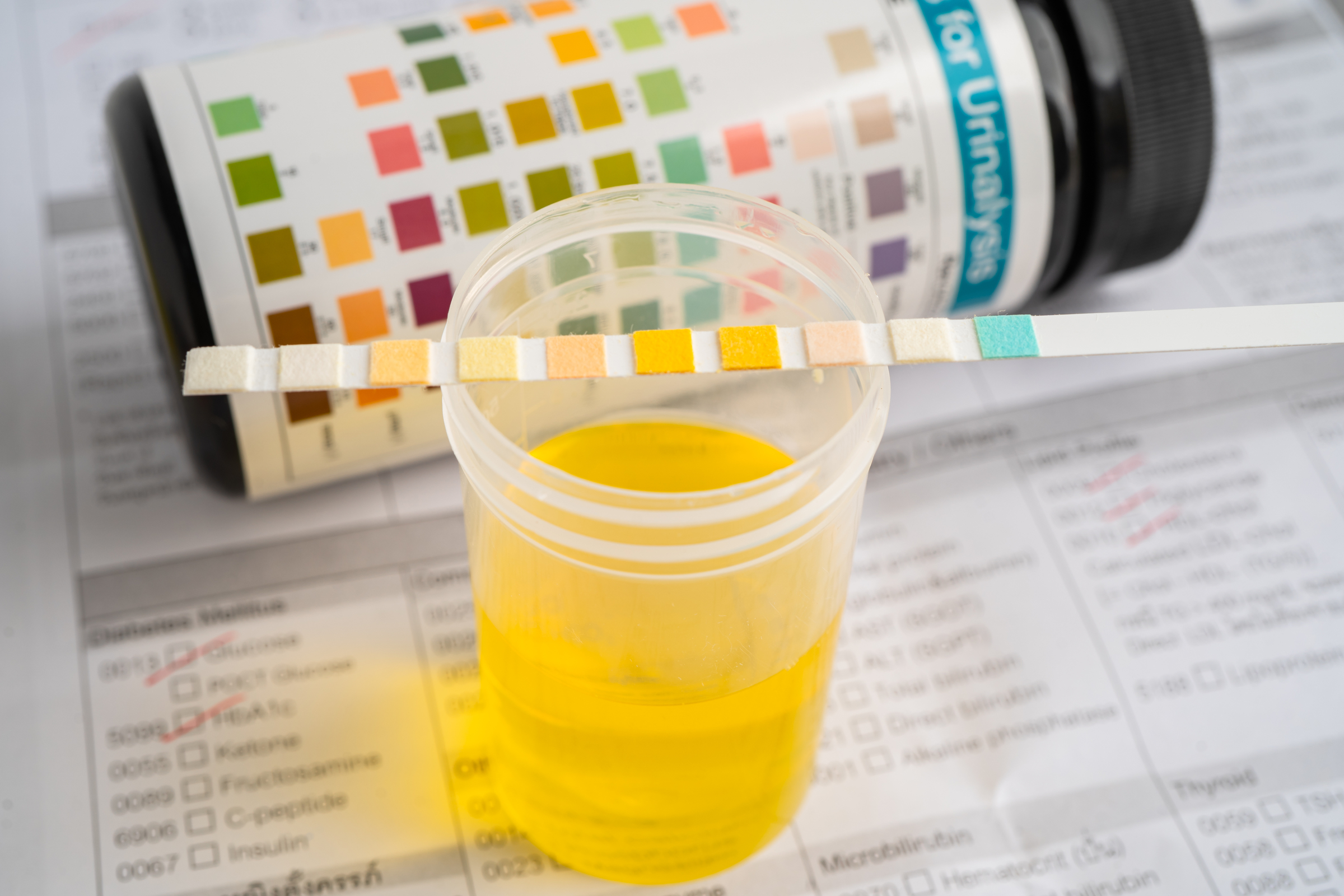Answer:
HPV (Human papillomavirus) doesn't enter the bloodstream or appear in the urinary tract, so urine tests cannot detect it.
HPV is primarily transmitted through sexual contact, skin-to-skin contact, and contact with infected mucous membranes. The virus invades and resides in epithelial cells in the skin and mucous membranes of the genital area, anus, and throat. It attaches to the basal cells of the epithelium, multiplies, and causes cellular changes, leading to lesions such as genital warts and precancerous changes.
For women, there are three main screening methods: the Pap test (cervical smear), the HPV DNA test, and the combined HPV/Pap test. Women can start Pap tests at 21, every three years. From 30-65, they can choose HPV tests every 5 years, combined HPV and Pap tests every 5 years, or Pap tests every three years.
Women over 65 with normal prior results and regular screening can stop testing. However, those with abnormal results or inconsistent screening can continue.
 |
Urine tests cannot detect HPV. Photo: Vecteezy |
Urine tests cannot detect HPV. Photo: Vecteezy
There are currently no official recommendations for routine HPV screening for men. Those who suspect infection can have a sample taken directly from the lesion or from the urethral opening if no lesion is found.
Over 200 HPV types exist, with about 40 affecting genitals. Persistent infection with high-risk types can lead to cervical, anal, or throat cancer, and genital warts. About 85% of women and 91% of men will contract HPV at least once in their lives with at least one sexual partner.
Therefore, everyone should be aware of unusual genital signs and seek timely medical attention. To boost health and prevent infection, maintain a nutritious diet, adequate sleep, regular exercise, monogamous relationships, and avoid sharing personal items.
HPV can be prevented through vaccination. Two vaccines are available: Gardasil and Gardasil 9. Gardasil protects against 4 types (6, 11, 16, 18) and is given to girls and women aged 9-26 in three doses. Gardasil 9 protects against 9 types (6, 11, 16, 18, 31, 33, 45, 52, and 58) and is for both males and females aged 9-45.
Protection is over 90% effective. Children aged 9 to under 15 need two doses of Gardasil 9, while those 15 and older need three.
Doctor Bui Cong Su
Medical Manager, VNVC Vaccination System
Readers can submit vaccine questions for doctors to answer here.












